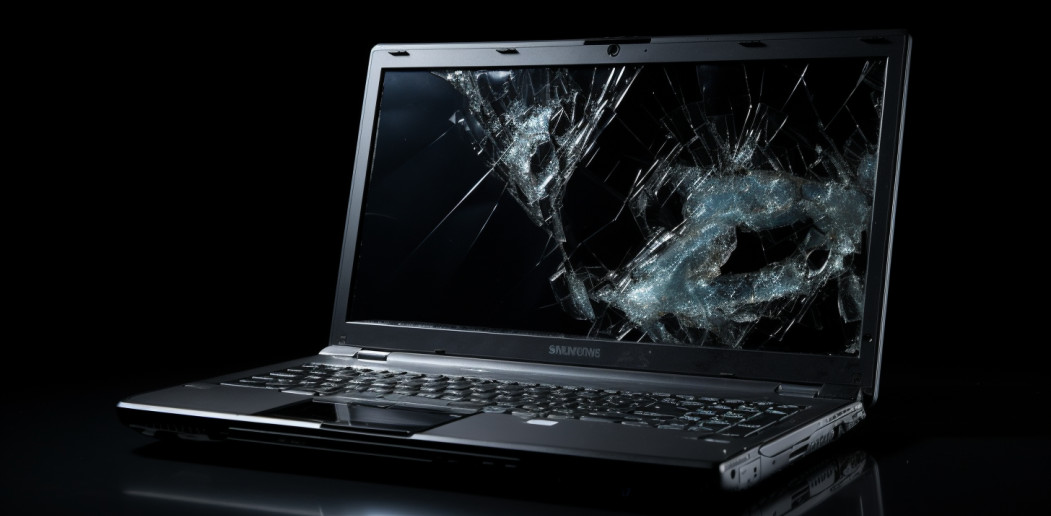“The Right to Repair” refers to a movement and a set of proposed legislation that advocates for the ability of consumers to repair and modify their own electronic devices, such as smartphones, computers, and automobiles. The concept is rooted in the belief that individuals should have the access, tools, and information necessary to fix their products, rather than being reliant on the manufacturer or authorized service providers.
This movement has gained significant traction for several reasons:
- Cost and Convenience: It can be cheaper and more convenient for consumers to repair their devices themselves or use third-party services, rather than going through the manufacturer, especially after the warranty has expired.
- Environmental Impact: Reducing the need to constantly purchase new products can have significant environmental benefits by decreasing electronic waste and the resources needed for manufacturing new devices.
- Longevity and Sustainability: Enabling repairs can extend the life of devices, promoting sustainability and reducing the frequency of replacement.
- Consumer Choice and Competition: Advocates argue that the right to repair promotes competition by allowing third-party repair services to operate, breaking the monopoly of manufacturers over repairs.
Manufacturers, however, often argue against this, citing concerns about intellectual property, safety, and ensuring the quality of repairs. The debate continues in various countries, with some adopting right to repair legislation and others still considering it.
Built-in obsolescence
Manufacturers are increasingly coming under scrutiny for their role in thwarting the Right to Repair movement, primarily through the practice of designing products with built-in obsolescence. This strategy involves deliberately creating goods with a limited lifespan, ensuring that they become unusable or out of date after a certain period. This is achieved by using components that wear out, are difficult to replace, or by regularly updating software in a way that older models can’t keep up with. Such tactics not only compel consumers to purchase new products more frequently, but they also make repairs either impossible or economically unfeasible. For instance, electronics are often designed with proprietary screws and parts, or are assembled in a way that makes them hard to disassemble without causing damage. Additionally, manufacturers withhold essential repair information and spare parts from consumers and independent repair shops, effectively monopolizing the repair process. This approach not only limits consumer choice and increases waste but also poses significant barriers to the Right to Repair, undermining the movement’s goals of sustainability, economic freedom, and consumer rights.
Exceptions
Despite the prevalent trend of built-in obsolescence in the tech industry, there are notable exceptions where manufacturers prioritize repairability and upgradability. Lenovo, for instance, stands out for its approach in designing most of their laptops. They have earned recognition for making their devices accessible and upgradable, a stark contrast to the industry norm. Lenovo laptops often feature easily removable parts, standard screws, and clear documentation, making it simpler for users to perform upgrades or repairs. This not only extends the lifespan of their products but also empowers consumers with greater control over their devices. Such practices highlight a growing awareness and response to consumer demand for sustainable and repair-friendly products. Lenovo’s approach serves as an exemplary model in the industry, showcasing that balancing technological innovation with the Right to Repair is both feasible and beneficial for companies and consumers alike.
